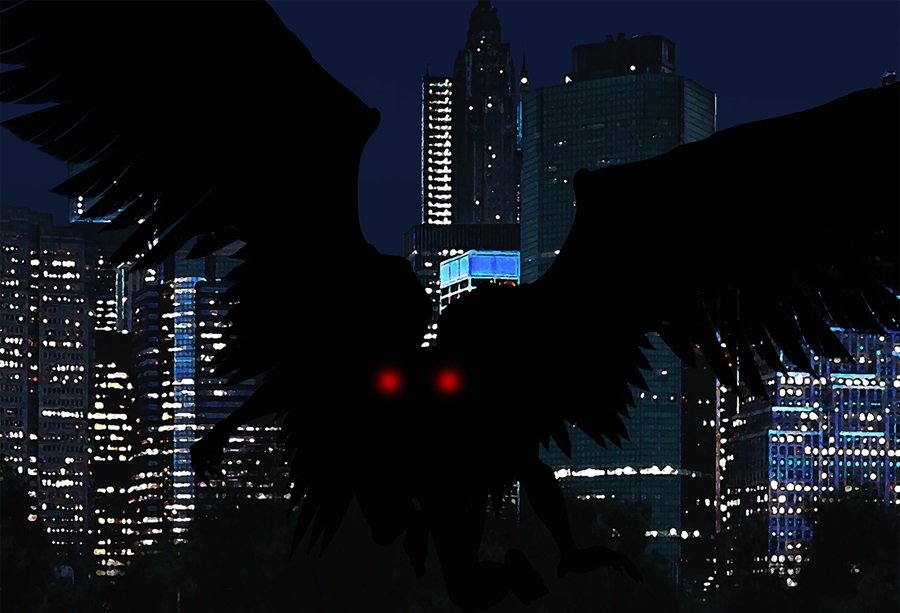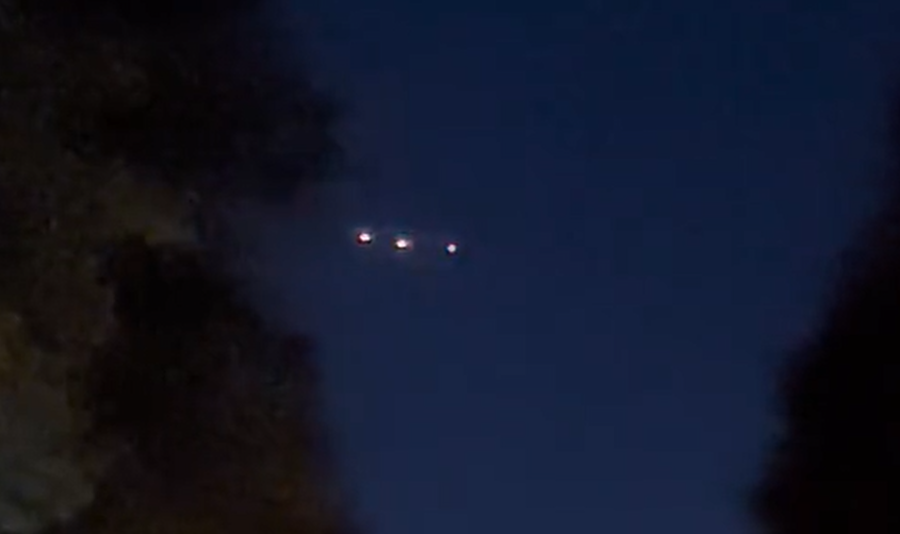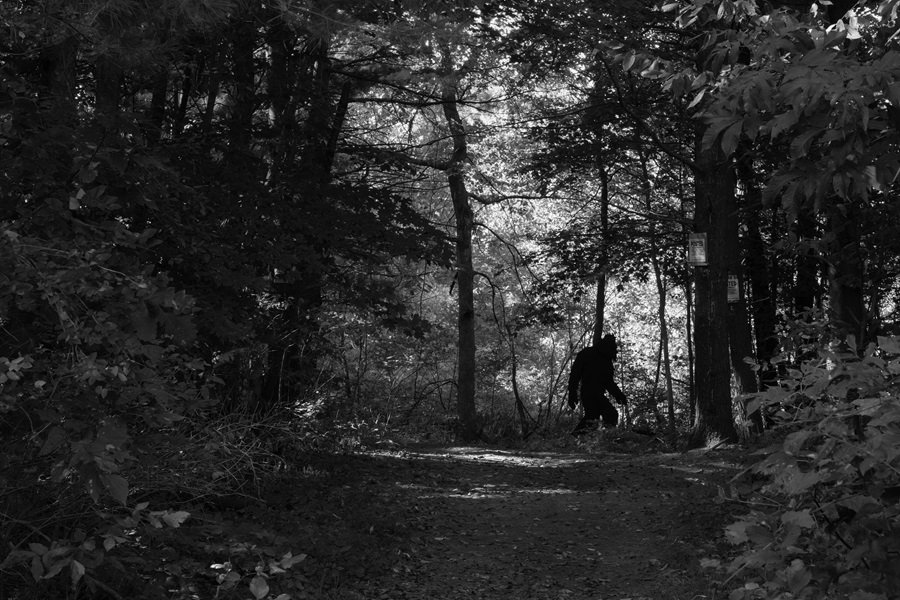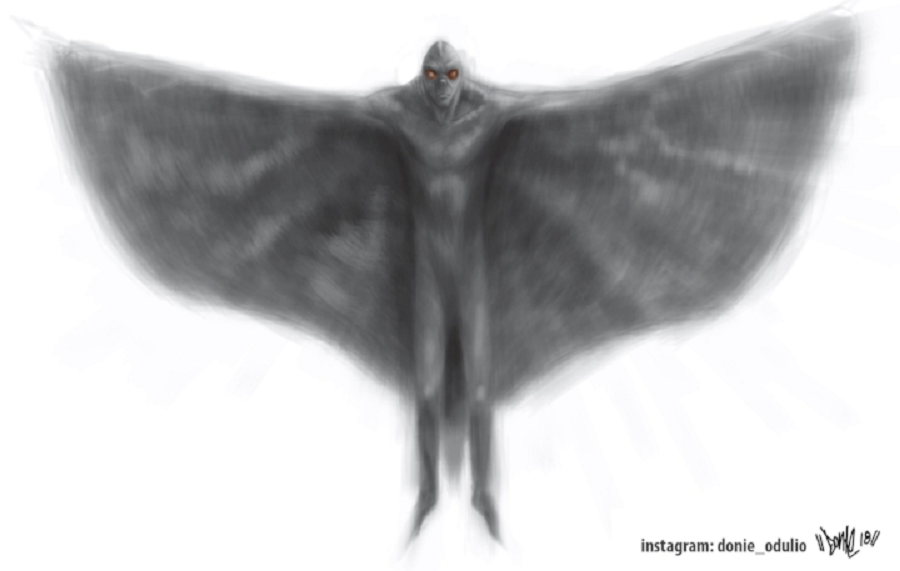NASA Releases UFO Report Amidst Alien Body Controversy in Mexican Congress
The National Aeronautics and Space Administration (NASA) released their Unidentified Anomalous Phenomena Independent Study Report this week, causing some to question if the timing was tied to the recent controversy surrounding purported alien bodies introduced to Mexico’s congress.
In the report, members of NASA’s Unidentified Anomalous Phenomena Independent Study Team, chaired by Dr. David Spergel, recommended that the space agency "play a prominent role in the whole-of-government effort to understand UAP [the current government nomenclature for UFOs] by leveraging its extensive expertise to contribute to a comprehensive, evidence-based approach that is rooted in the scientific method."
Furthermore, NASA should "utilize its existing and planned Earth-observing assets to probe the local environmental conditions associated with UAP that are initially detected by other means."
This would allow NASA to probe directly whether certain environmental factors are happening at the same time as reported UFO sightings.
The report also argued for increased public engagement with UFO investigation.
"NASA, by lending its name to UAP studies, is already helping to reduce stigma associated with reporting," the report said. "Beyond this, we recommend that NASA explore the viability of developing or acquiring a crowdsourcing system, such as open-source smartphone-based apps, to gather imaging data and other smartphone sensor data from multiple citizen observers as part of a wider effort to more systematically gather public UAP reports."
In addition to cooperation from the public, the team would also like to see the "Aviation Safety Reporting System (ASRS) for commercial pilot UAP reporting be better leveraged, providing a critical database for the whole-of-government effort to understand UAP," along with capitalizing on the agency's long history of partnership with the Federal Aviation Administration (FAA) to "investigate how advanced, real-time analysis techniques could be applied to future generations of air traffic management (ATM) systems."
NASA administrator Bill Nelson announced in a press briefing that the agency had appointed Mark McInerney as the new director of UAP research.
McInerney has held various roles at NASA, as well as at the National Oceanic and Atmospheric Administration and National Hurricane Center, since 1996 and had been working as NASA’s liaison to the Defense Department on UFO issues.
This foray into UFO investigation would be a first for NASA and should excite anyone who has called for the agency to show more interest in the phenomenon.
However, there are some within the UFO community who question the timing of NASA's report due to its release during the controversy surrounding two supposed alien bodies shown to Mexico's congress earlier in the week.
The bodies were presented by journalist and UFO enthusiast Jaime Maussan as part of a congressional hearing on UFOs held in Mexico.
Many might remember Maussan as the man behind the infamous Roswell Slides debacle of 2015, in which a photograph of an indigenous boy’s remains taken in a Colorado museum was presented as proof of extraterrestrial life.
The so-called alien bodies shown by Maussan are also likely familiar to those within the UFO community as two of the “Nazca Mummies” promoted through New Age network Gaia’s documentary series Unearthing Nazca in 2017.
Although represented by Gaia and Maussan as alien, a 2017 report from the Paleo DNA laboratory at Lakehead University, Ontario, Canada, showed that DNA samples taken from one of the Peruvian mummies was a 100% match with human DNA.
In addition, analysis of scans done of the bodies indicate that they were deliberately constructed from a combination of human and animal bones.
A 2021 paper published in the International Journal of Biology and Biomedicine concluded that "the head of the small body is largely made of a deteriorated llama braincase and other unidentified bones, and greatly resembles the human cranium."
Archaeologists have long been outraged by what they believe to be a deliberate desecration of ancient remains.
The bodies have been carbon dated to between 245 and 410 AD, but rather than being extraterrestrial, mainstream scientists believe that the remains have been stolen from ancient burial sites and manipulated to look alien.
The 9th annual World Congress on Mummy Studies held in Lima, Peru, in 2017, issued a call for an official inquiry into whether archaeological crimes have been committed. The impassioned call, entitled "The Fraud of Extraterrestrial Mummies," was released on their Facebook page.
Now some in the UFO community are calling into question the timing of events and wondering if the easily debunked claims made by Maussan—and the controversy and attention they’ve garnered—are meant to distract from the more impactful news delivered by NASA.
Proponents of this hypothesis turn to recent accusations of a UFO cover-up from within the U.S. government and speculate that whatever forces are at work manipulating information as part of those efforts might also be at work here.
However, those skeptical that this is anything other than a known con artist trying to profit from current UFO hype point to Maussan’s long history of dubious claims and posit that his presentation to Mexico’s congress is coincidental to the NASA release.
Not to mention, of course, that were a cover-up involved in trying to suppress the NASA report, it likely would not have been published in the first place.





















